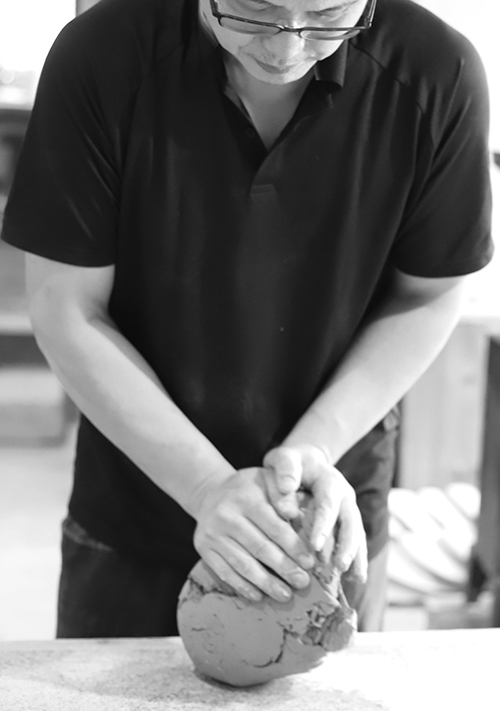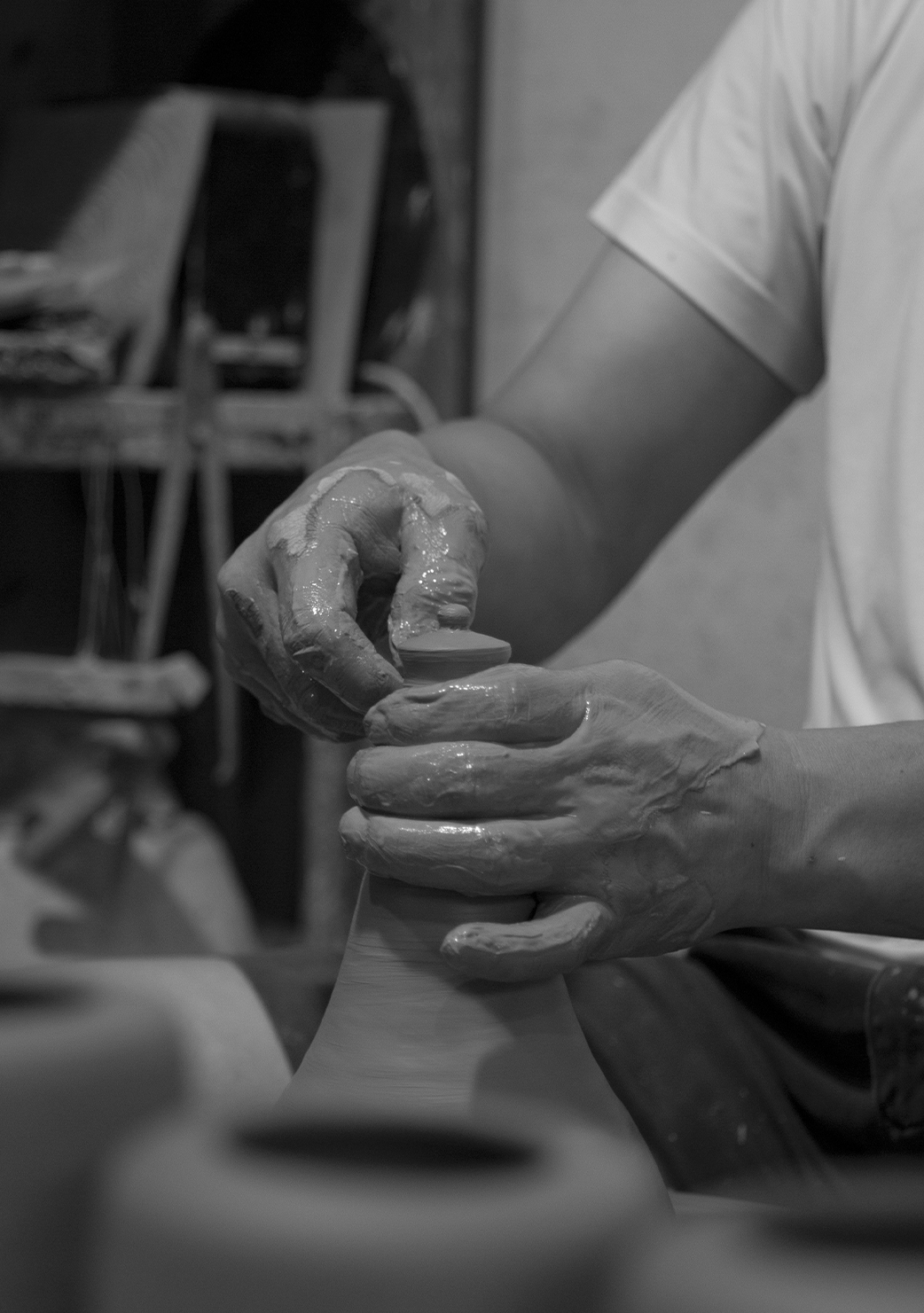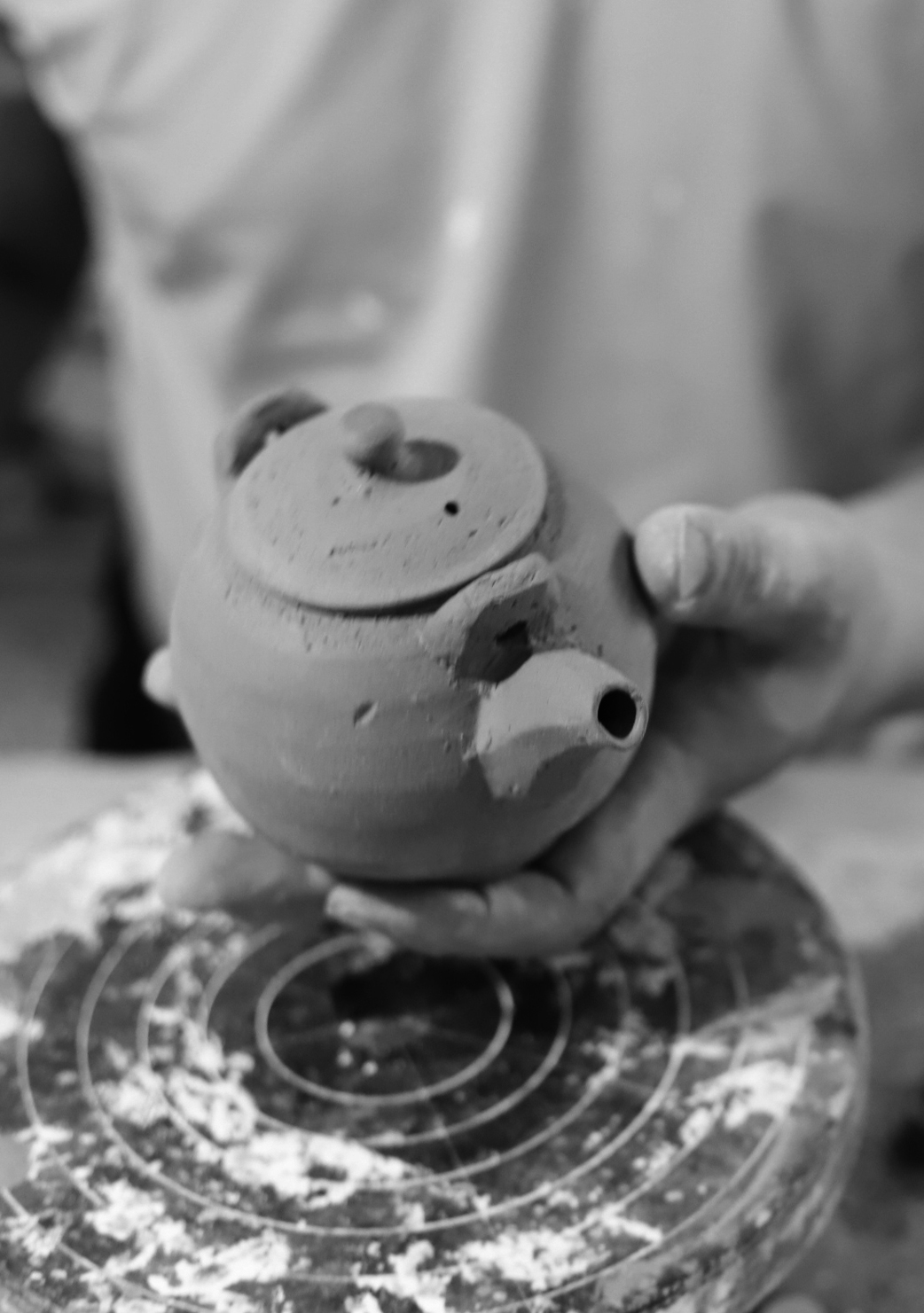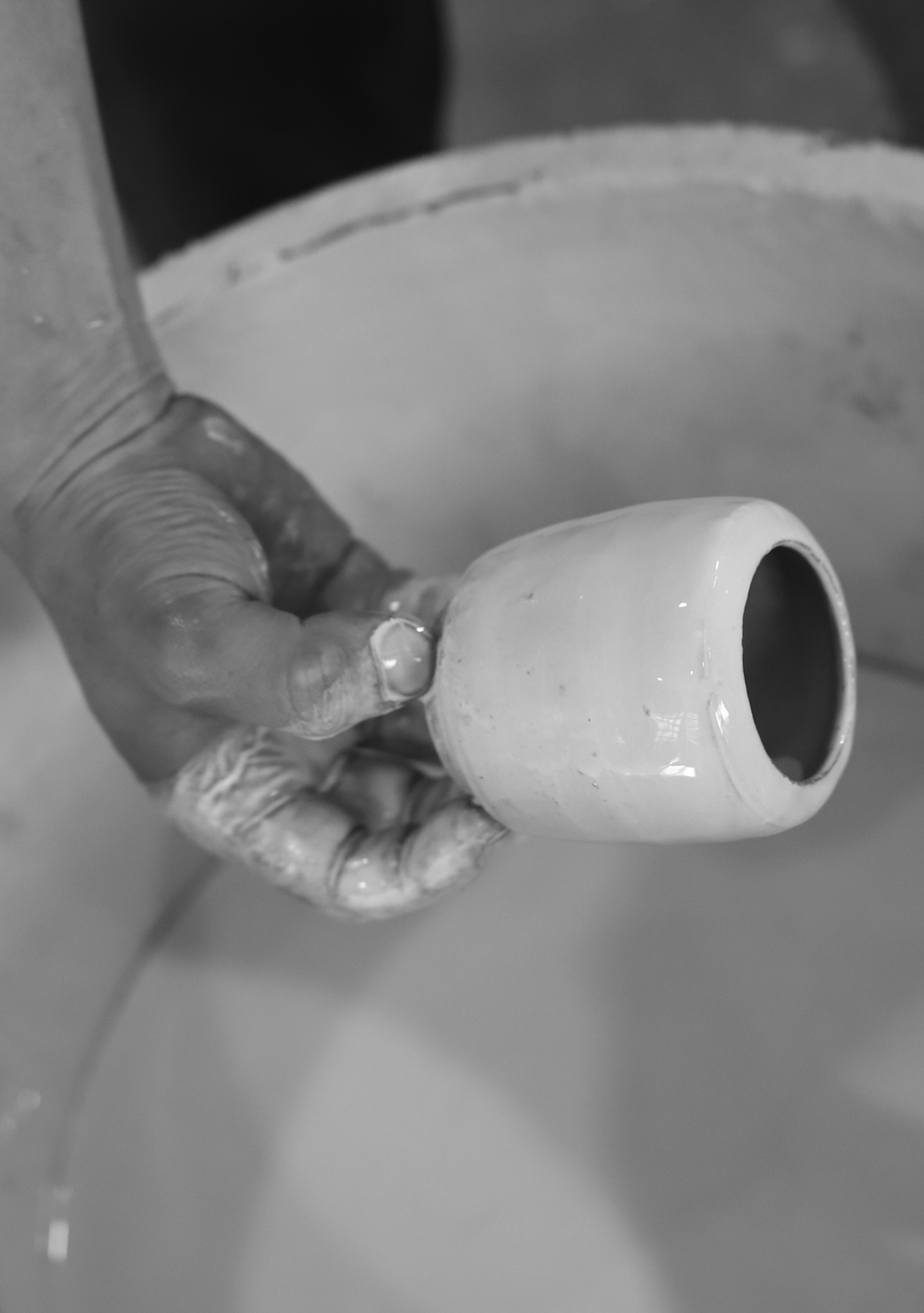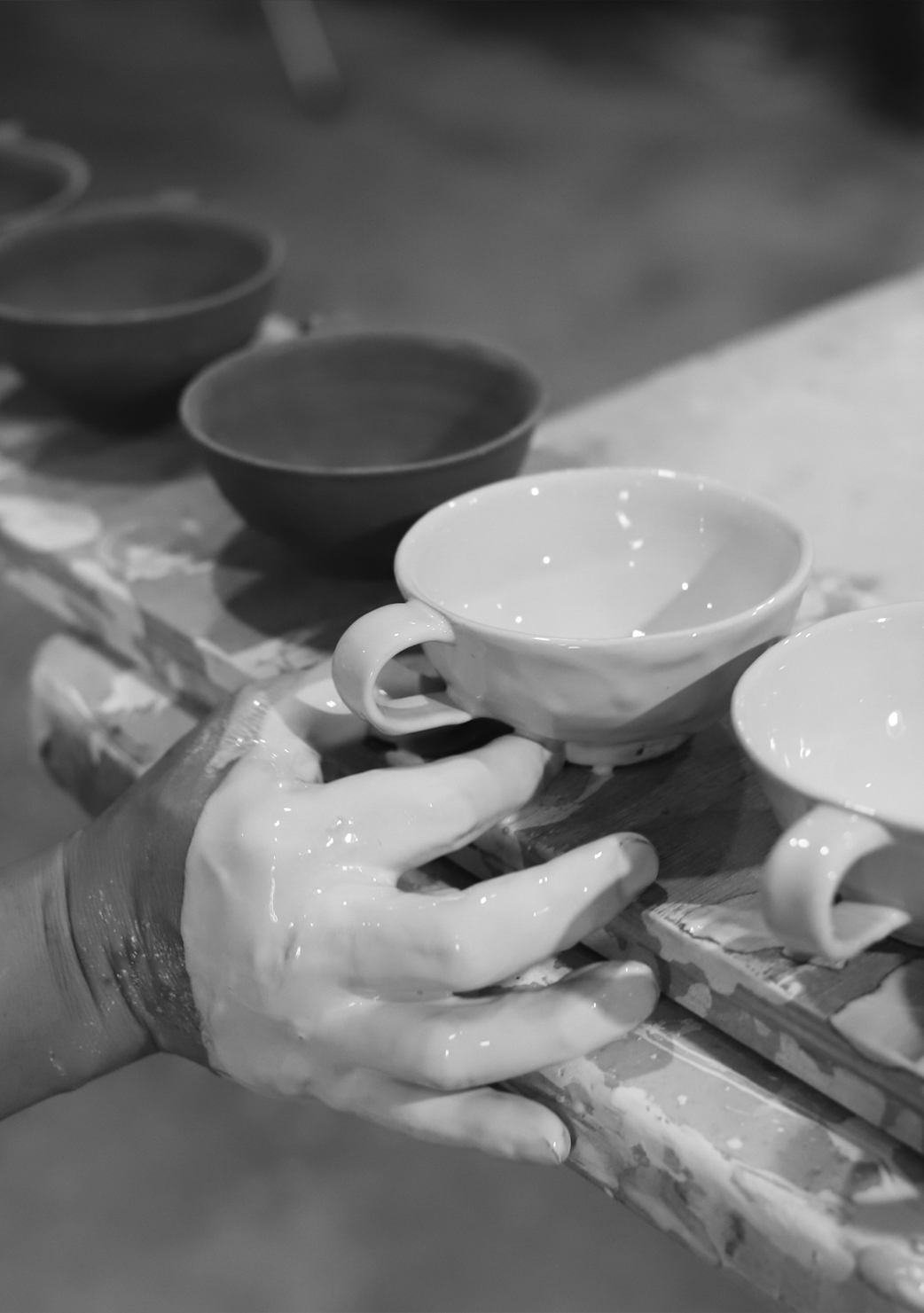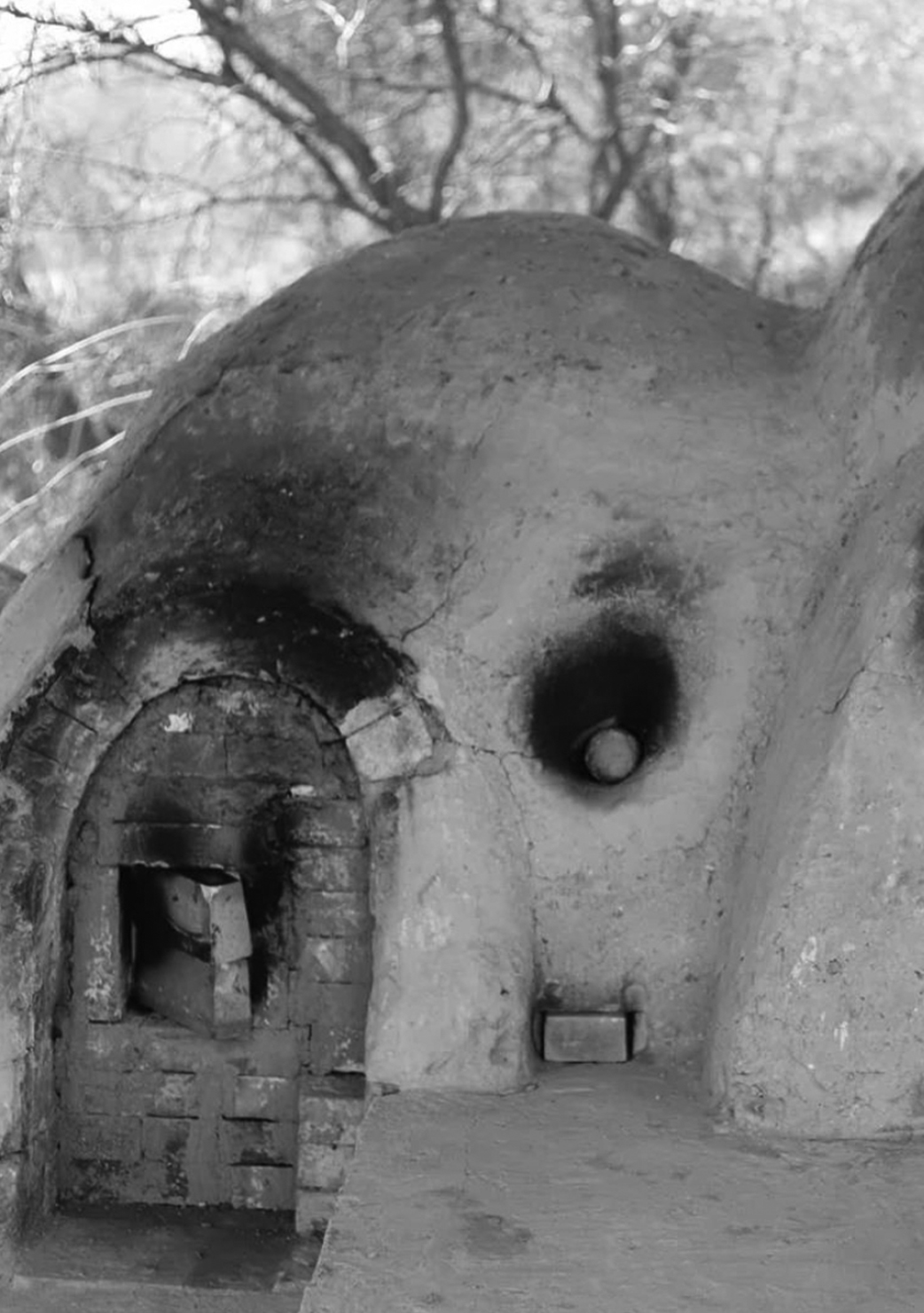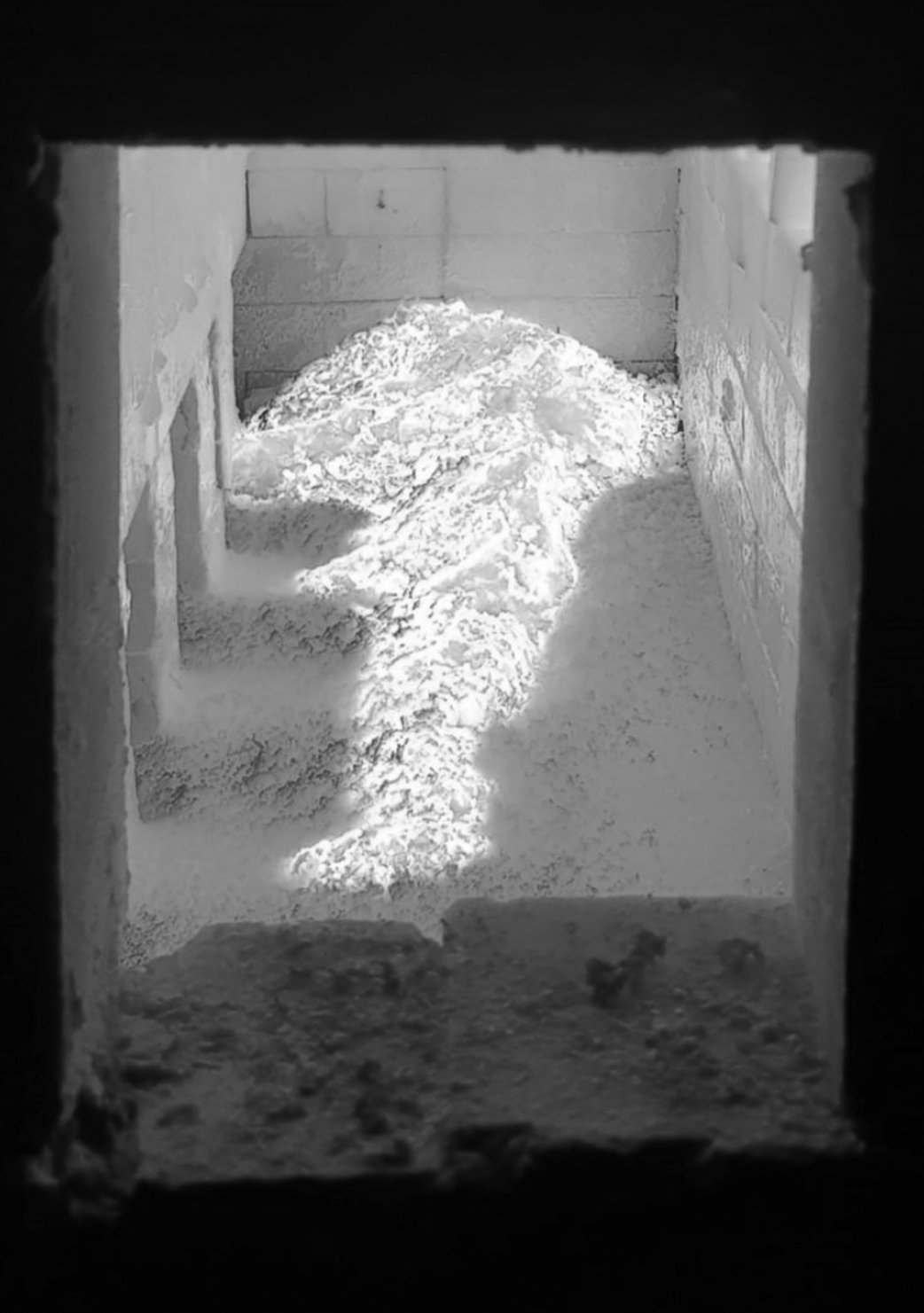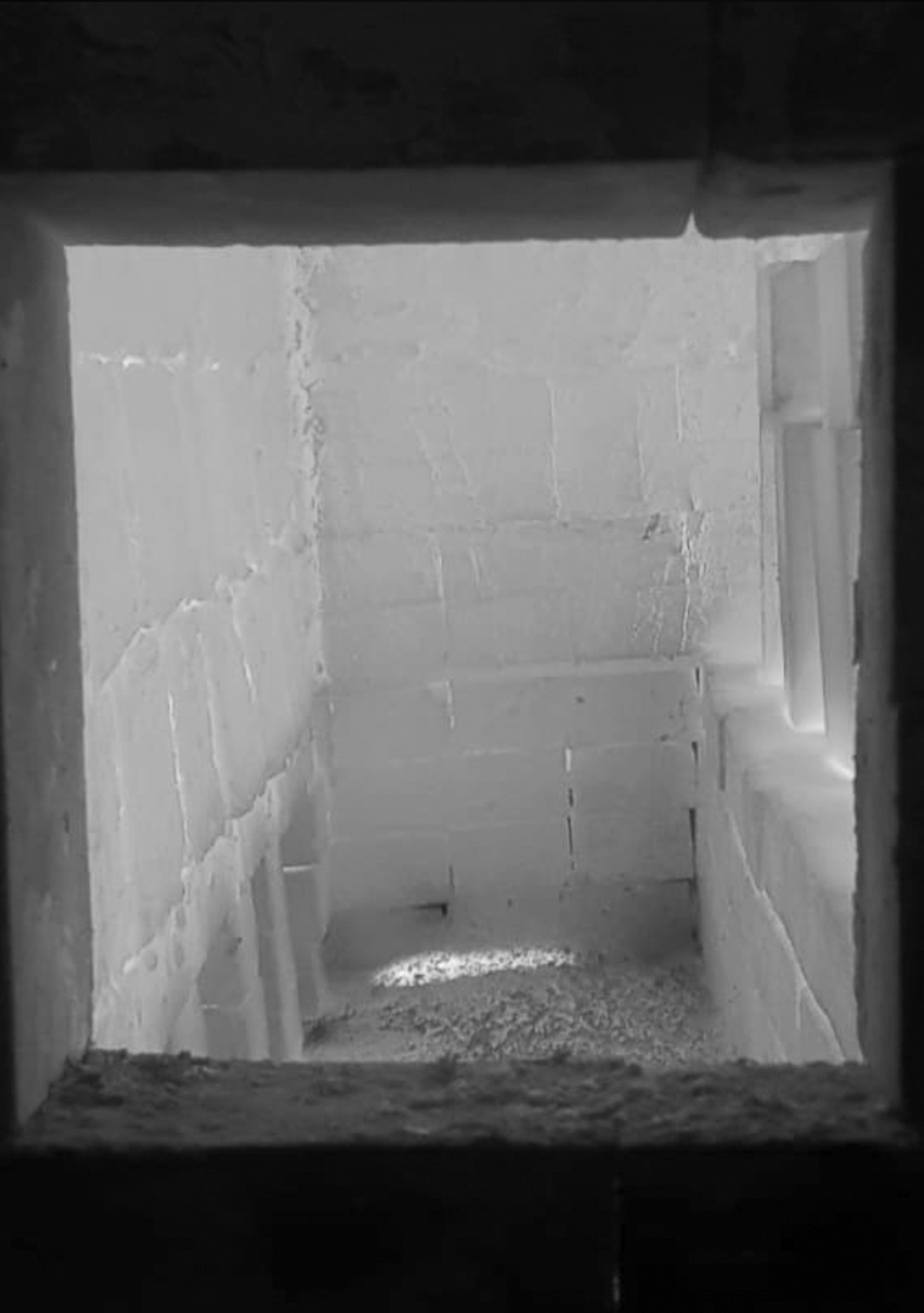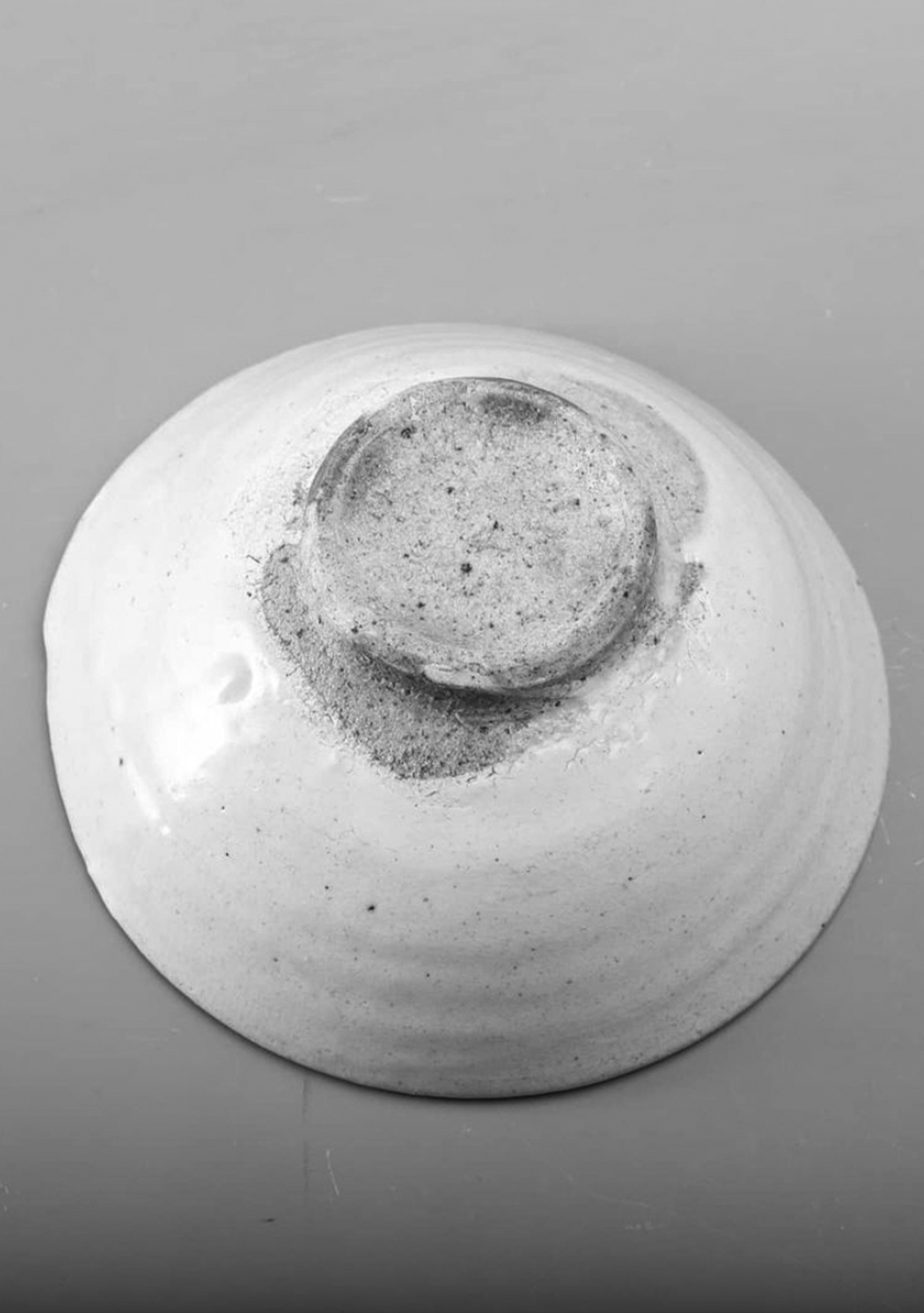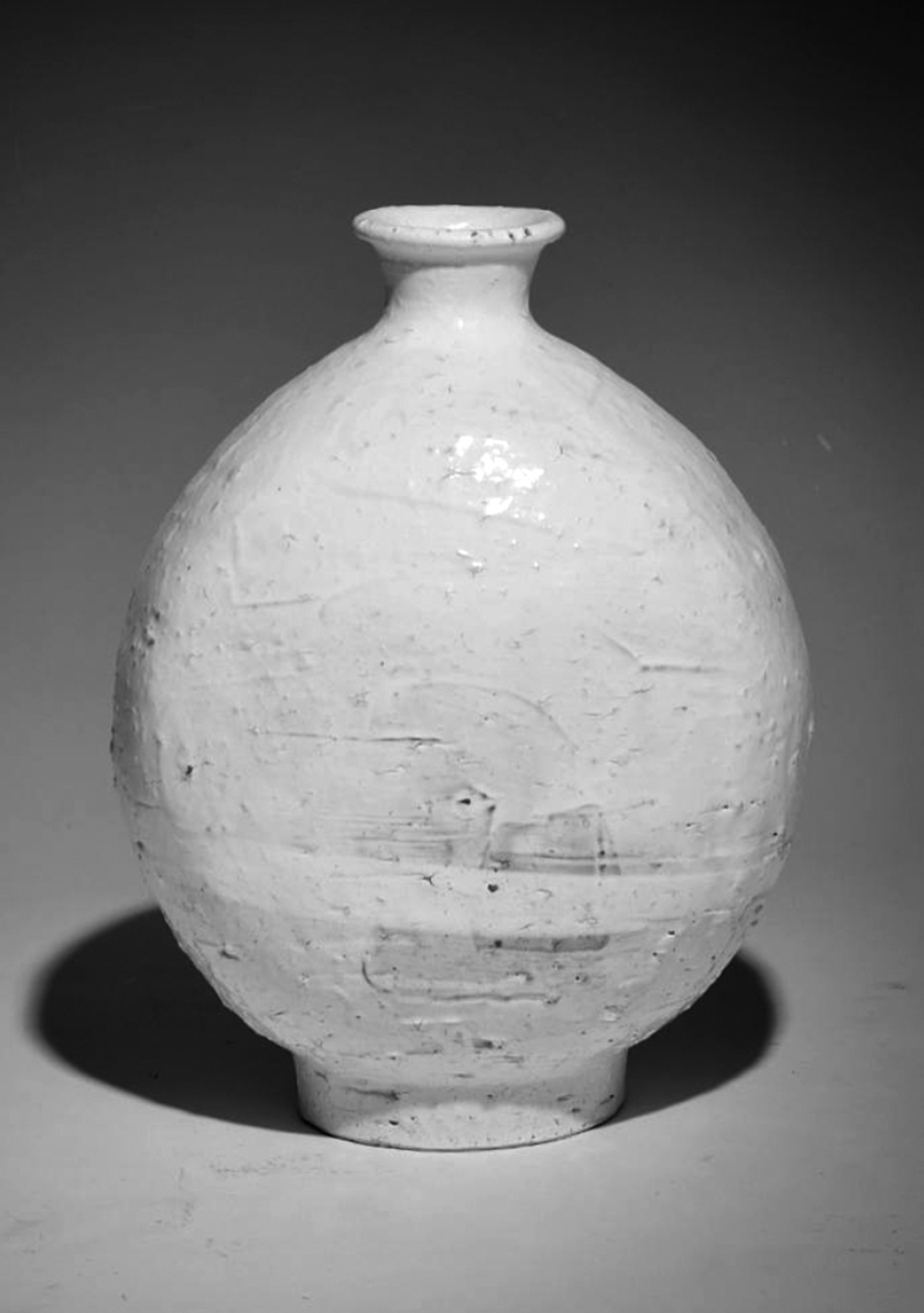덤벙 (Dumbung) is one of the techniques of 분청 (buncheong) pottery – where you simply dip your clay vessel in a white slip clay.
The main characteristics are the white slip clay dripping patterns and the natural area where the white slip
clay isn’t covered. 분청 (Buncheong) is a form of
pottery unique to Korea, first emerging at the end of the 14th century and lasting for about two centuries.
분청 (Buncheong) ware is marked by crude forms and
child-like motifs with a coarse texture.
분청
(Buncheong) ware was developed by different regional people and were designed to be practical.
Therefore, 분청 (buncheong) ware has certain
freedom in the styles and forms that are produced - unrestricted by any criteria. These traits are considered
to be an important value by the ceramists today and 분청
(buncheong) is still practiced by many Korean artists.
